-
About
-
Products
- By Timber Product
- Cladding
- Decking
- Screening
- Panelling
- View all
- By Application
- Exterior Cladding / Siding
- Exterior Rain Screen
- Interior Walls & Ceilings
- Soffits
- Screening, Fins & Battens
- Windows, Doors & Joinery
- Posts & Beams
- Accessories
- Coatings
- Fixings
-
Resources
- By Resource Type
- Technical Data Sheets
- Guides & Manuals
- Technical Articles
- Profile Drawings
- View all
- How To
- How to Specify
- How to Install
- How to Maintain
- Projects
- Contact
Technical Articles
Filter by category
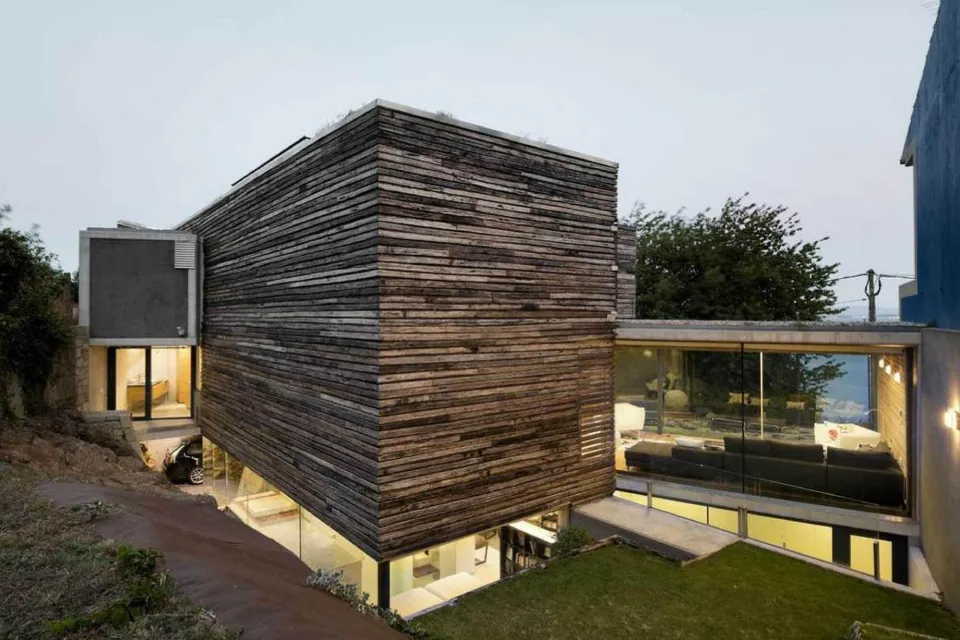
Reclaimed Timber Cladding - An Old Look Making a Comeback
Recycled timber and wood products are gaining in popularity. In modern architectural structures, aged wood siding can provide a contrast with more contemporary materials.
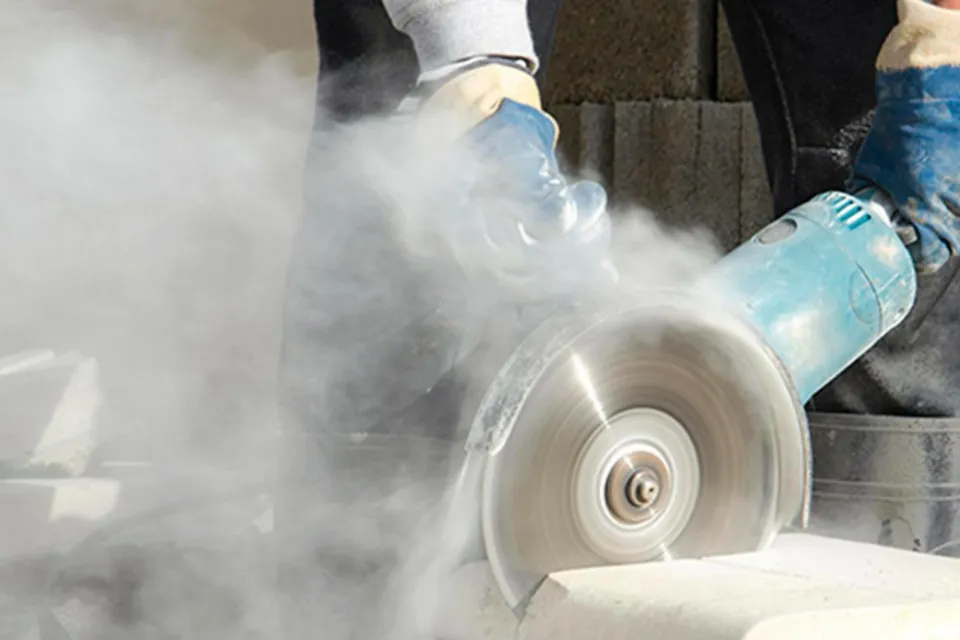
The Dangers of Silica Dust – Fibre Cement Board Products
Dust containing silica is created when fibre cement weatherboards and other fibre cement and masonry products are cut, ground, drilled or otherwise disturbed.
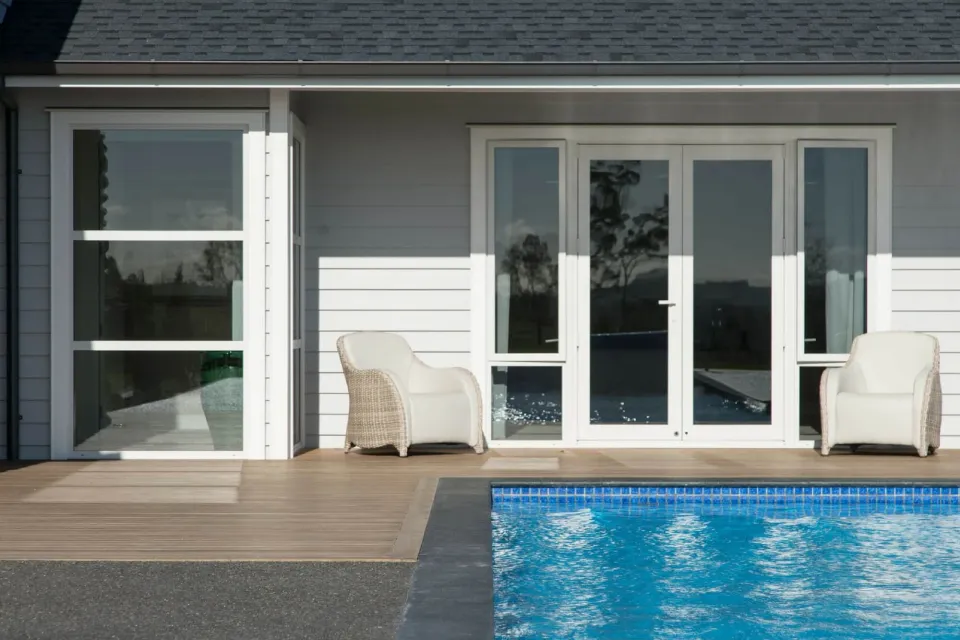
Timber Weatherboards Versus Fibre Cement Weatherboards
Fibre cement products are often touted as “more durable” alternatives to natural timber.
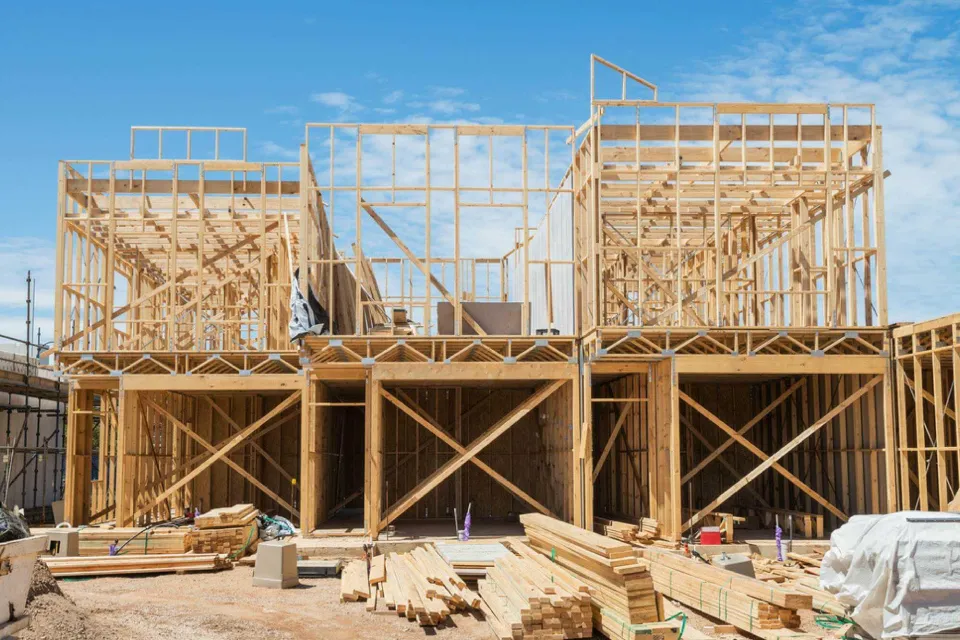
Site Storage and Handling of Weatherboards
All too often, problems occur with the handling and storage of timber weatherboards at building site. These problems include swelling, damage and contamination.
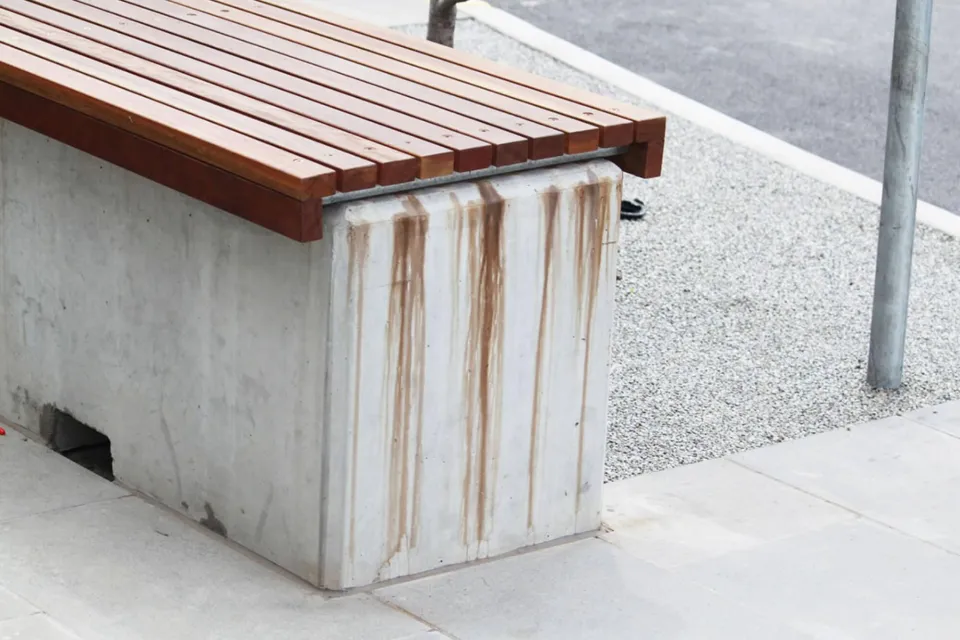
How to Minimise Timber Leaching and Tannin Bleed
Leaching or tannin bleed, is when timber cladding or decking bleeds onto the surrounding surfaces. What can you do to minimise this?
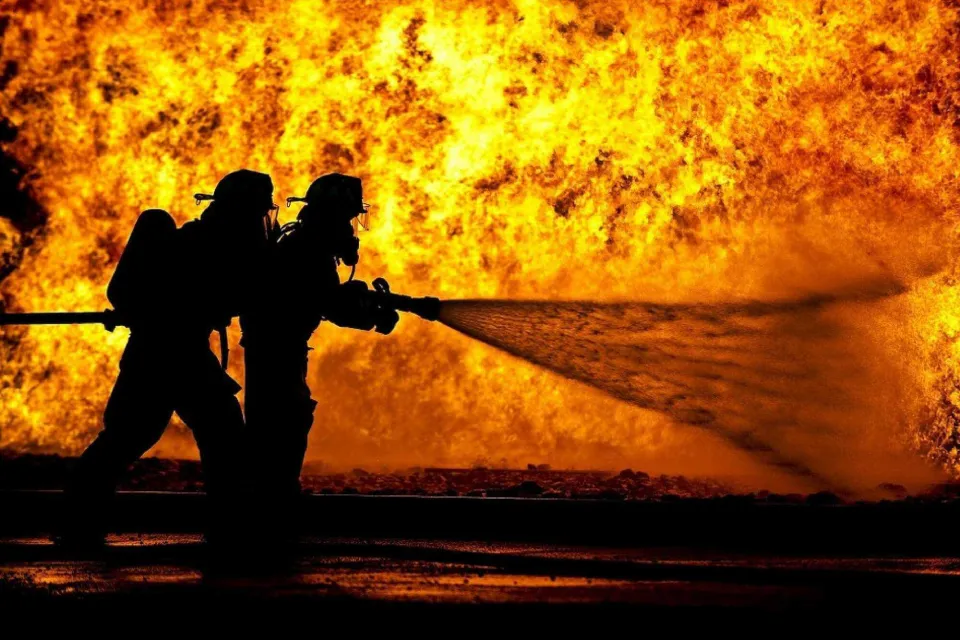
New Fire Retardant Regulations for External Cladding
On 1 January 2017 a restriction on the use of combustible external cladding was published as part of Amendment 4 of Acceptable Solutions C/AS2–7.
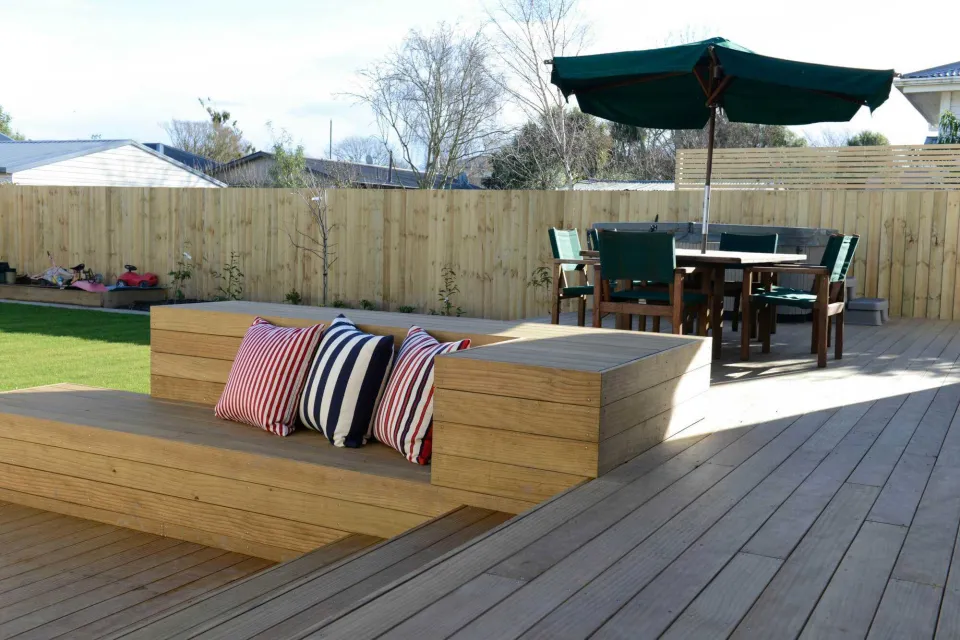
The Decking Debate: Grip Tread – Up or Down?
Ask any builder whether you should install your decking timber with the grooved/ribbed face up or down and you are likely to get a different answer! So when considering a new deck which is the best option, the reeded face or the smooth face?
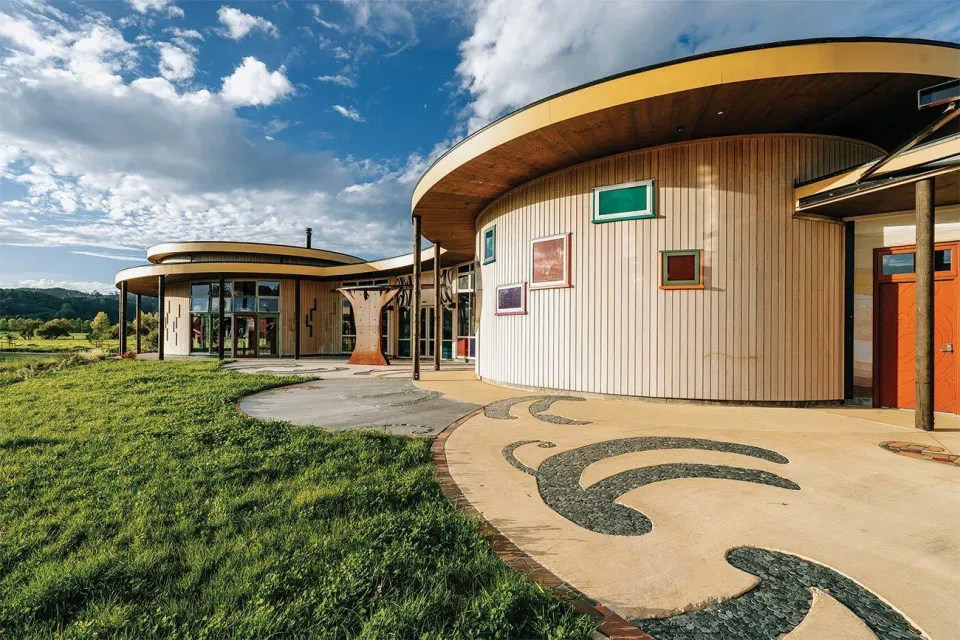
Curved Feature Walls in Natural Timber
Curved walls are a striking architectural feature, and an excellent showcase for the beauty of natural wood.
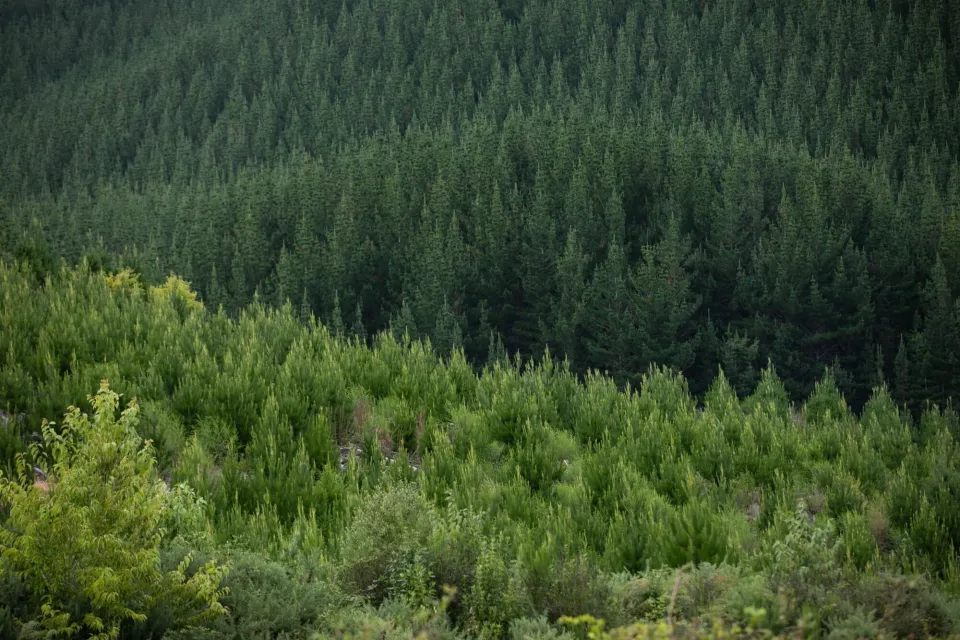
What is Forest Certification – and Why is it Important?
Forests are our planet’s best defense against climate change.
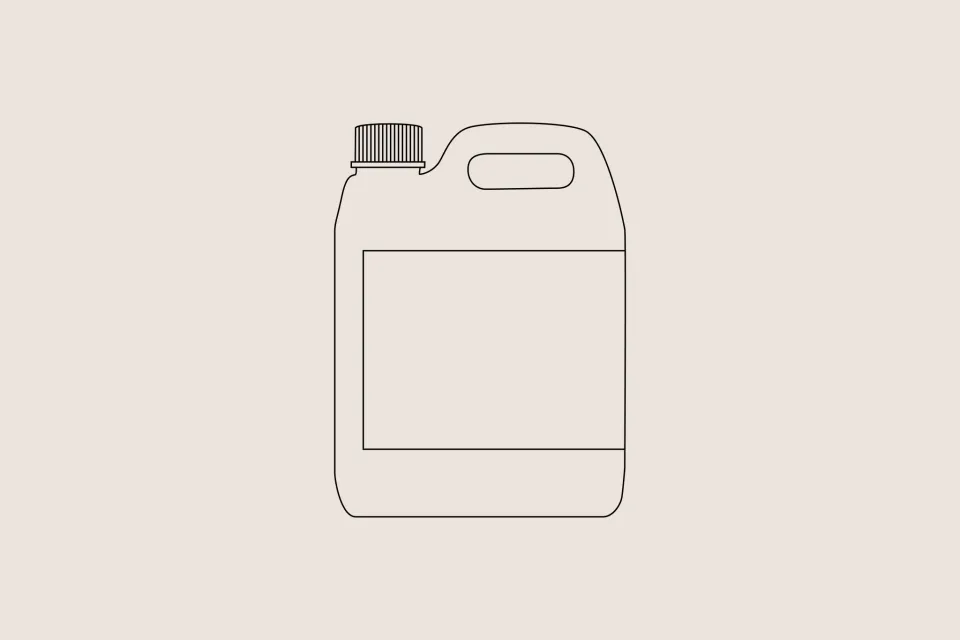
Semi Transparent Exterior Wood Finishes: What to Use
Transparent or semi transparent exterior wood coatings are a tricky business. Common questions we hear at Abodo are: “What sort of exterior wood oil should I use for my deck?” or “What sort of stain is best for my exterior wood cladding?”.
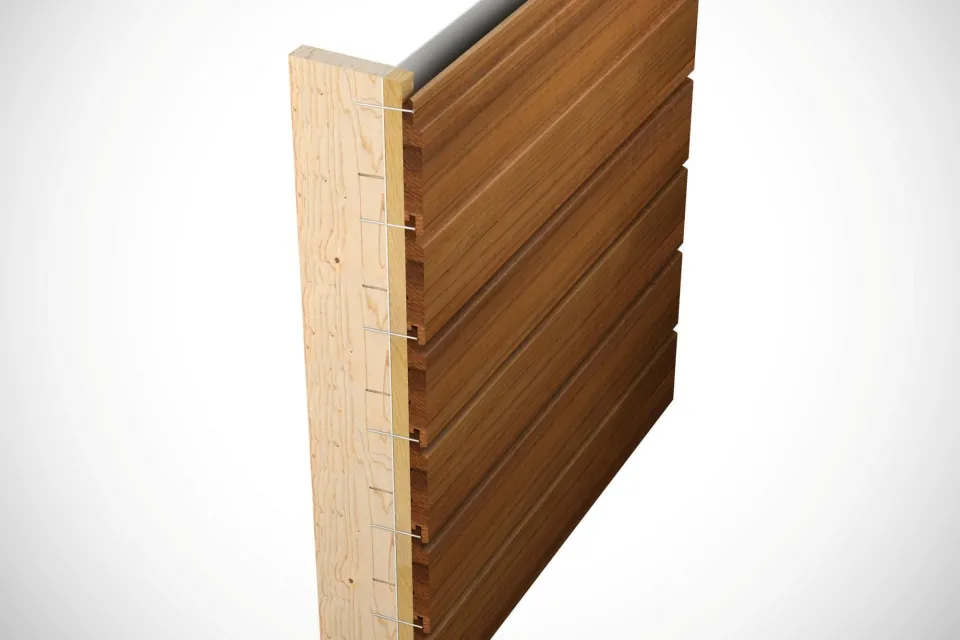
What Are Concealed Fix Vertical Shiplap Weatherboards?
Vertical shiplap weatherboards are a time-honoured trend in architectural homes.
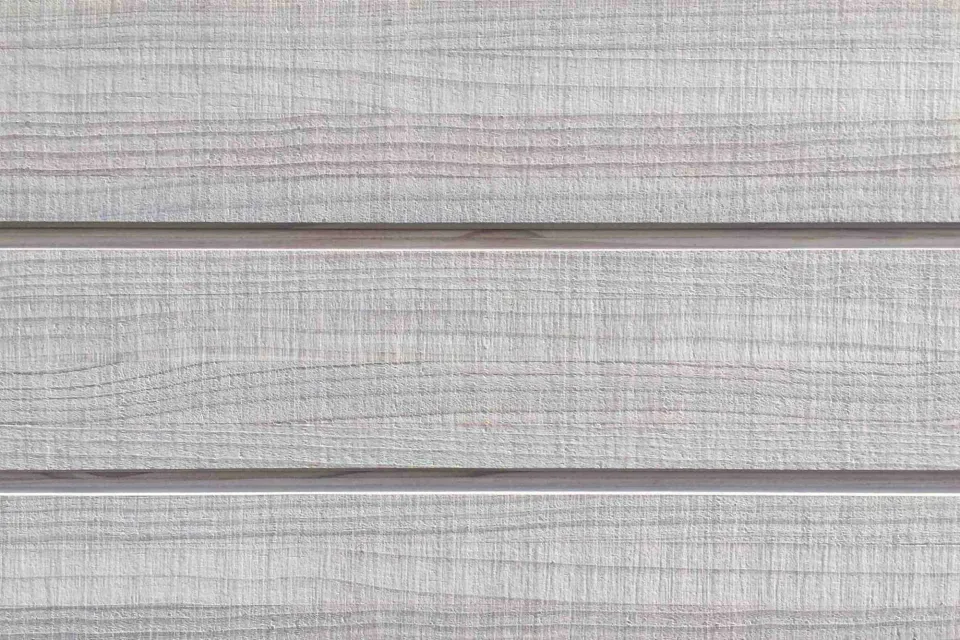
Shades of Grey - The Low Maintenance Finish for Timber Cladding
Many home owners and architects are searching for a low maintenance finish for their timber weatherboards or timber decking.The answer is quite simple.
